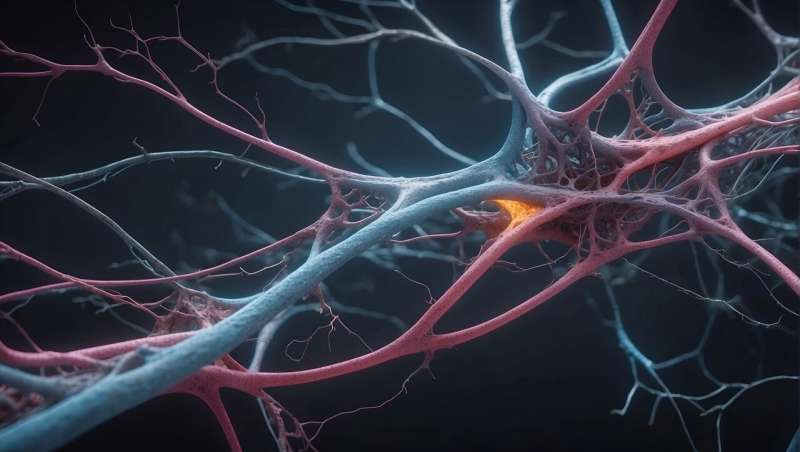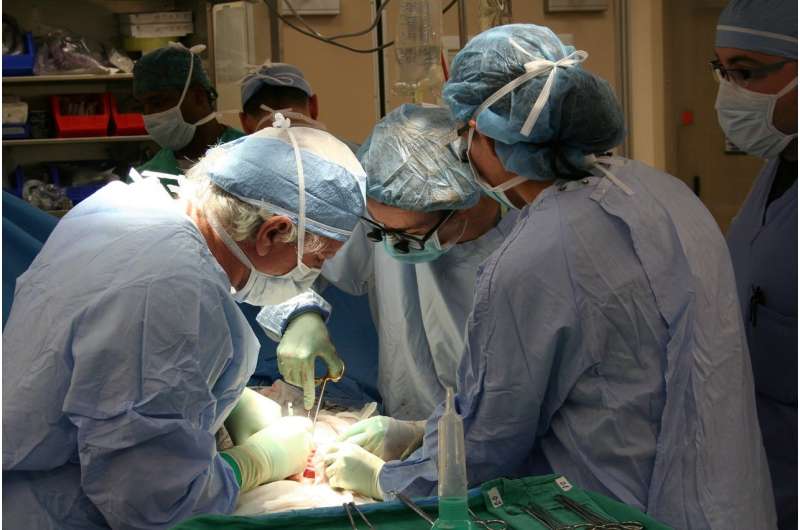Breakthrough in Cardiac Genetics: 3D Mapping Reveals Genes Linked to Sudden Cardiac Death

A groundbreaking 3D genetic mapping of the human heart reveals new genes linked to hypertrophy and sudden cardiac death, advancing personalized heart disease prevention.
A pioneering study has achieved the first-ever three-dimensional genetic mapping of the human heart, uncovering new genes associated with the risk of sudden cardiac death. This groundbreaking research, conducted by the computational cardiac imaging team at the MRC Laboratory of Medical Sciences led by Professor Declan O'Regan, used sophisticated MRI techniques combined with extensive genetic data from over 40,000 individuals.
Hypertrophy, or thickening of the heart walls, is a major cardiovascular risk factor often resulting from high blood pressure. However, it is also influenced by inherited genetic conditions that can lead to sudden death. The study focused on understanding how genetic variations influence the structure and function of the heart's four chambers, particularly the left ventricle, which is vital for pumping blood.
By integrating 3D MRI imaging with genomic data, researchers identified 42 new genetic loci involved in the remodeling and hypertrophy of the left ventricle. Notably, 18 of these loci could not be detected through traditional genome-wide association studies (GWAS), highlighting the power of the new approach.
This innovative use of 3D imaging and genetic analysis allowed scientists to discover genetic factors that influence how the heart remodels over time. These findings potentially pave the way for earlier detection of individuals at risk for hypertrophic cardiomyopathy and other heart conditions that predispose to sudden death. Ultimately, this research enhances understanding of cardiac development and could lead to more targeted interventions for heart disease.
The study's implications extend to identifying new causes and modifiers of hypertrophy, a key factor in adverse cardiovascular outcomes. The integration of structural MRI with genetic data exemplifies the future of personalized medicine in cardiology, offering hope for better prevention strategies and treatments. For more detailed information, see the original publication in Circulation: Genomic and Precision Medicine.
Source: MedicalXpress
Stay Updated with Mia's Feed
Get the latest health & wellness insights delivered straight to your inbox.
Related Articles
New Insights into Cocaine Use Disorder and Potential Therapeutic Approaches
Researchers at Virginia Commonwealth University have identified a molecular mechanism in the brain that offers a new target for developing medications to treat cocaine use disorder, focusing on dopamine regulation and receptor interactions.
New Study Shows Safe Water Optimization Tool Nearly Triples Effectiveness in Refugee Camps
A new study highlights how the Safe Water Optimization Tool, powered by machine learning, can nearly triple the effectiveness of providing safe drinking water in refugee camps, transforming humanitarian water sanitation efforts.
Emerging Role of Immunotherapy for Organ Transplant Patients with Advanced Cancer
New research reveals that carefully managed immunotherapy can benefit organ transplant recipients with advanced cancer, offering promising survival outcomes despite some rejection risks.



